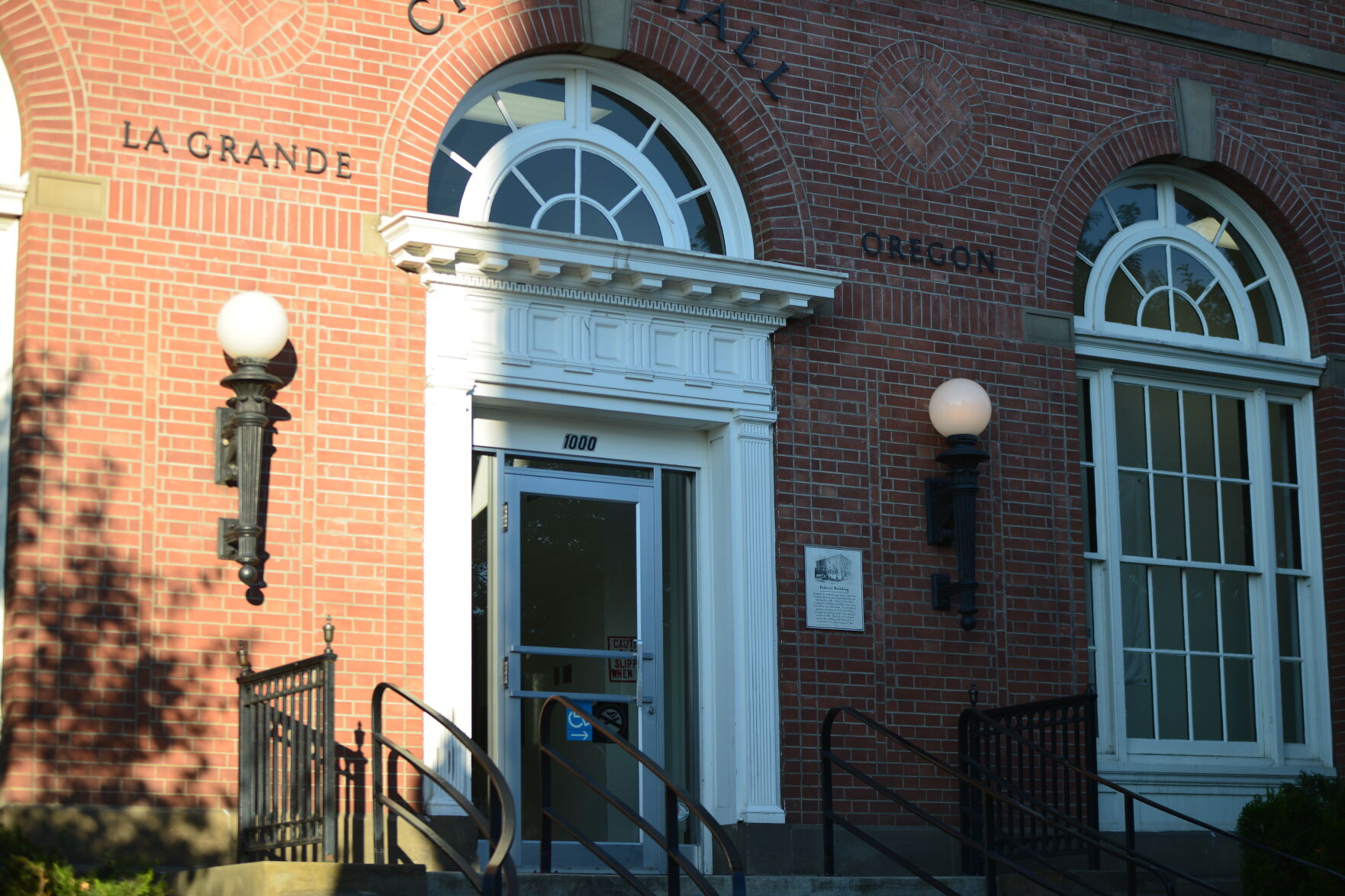Oregon Employment Department hold times soar, despite record low unemployment
Published 3:00 pm Saturday, September 2, 2023

- A year ago, the Oregon Employment Department answered almost every call in less than 10 minutes, according to agency data. In 2023, however, most callers are on hold for at least 10 minutes and 20% wait at least a half hour.
SALEM — When Sophia Wolfe was laid off in June, she promptly filed for unemployment aid while starting her search for a new job. A few weeks later, she got word her application had been approved, so she watched her mail in anticipation of benefits checks.
What she got instead was a $2,700 bill from the Oregon Employment Department, which said it had overpaid the Lake Oswego woman for pandemic-era unemployment assistance and wanted that money back.
“I was devastated, truly devastated. I broke down in tears because I had no idea what was going to happen next,” recalled Wolfe, 31. She and her fiance had been planning their wedding but now didn’t know if they’d be able to cover their rent.
So Wolfe immediately called the employment department seeking an explanation and ran into another pandemic-era throwback — extraordinary waits for someone to answer the phone. She sat on hold for two hours, until it was after 5 p.m. and she figured no one was in the office to take her call.
Oregon unemployment is at a record low, but the employment department is struggling with customer service, just as it did during the early days of the pandemic, when applications for jobless aid were at a record high.
A year ago, the employment department answered almost every call in less than 10 minutes, according to agency data. Now, most callers are on hold for at least 10 minutes and 20% wait at least a half hour. Some, like Wolfe, wait for hours.
The employment department has been struggling since the pandemic with resolving overpayment issues, like those Wolfe encountered. Now, a steep drop in federal assistance for state employment agencies has resulted in the Oregon agency cutting its customer service staff by two-thirds since 2021.
The result is more uncertainty and confusion for laid-off workers and those seeking to resolve old issues with the employment department.
In Wolfe’s case, she said the employment department admitted after several weeks the past overpayments were the agency’s fault, not hers. It stopped trying to claw back the money and finally started sending her benefits checks for her June layoff. (The employment department doesn’t generally comment on individual benefits recipients.)
But Wolfe said the prolonged dispute and inability to get answers from the agency created a huge personal strain at the moment when she least needed it — right after losing her job.
“Having this debt and then not being able to reach anybody about it?” Wolfe said. “The uncertainly about it was just exhausting.”
History of unresponsiveness
The Oregon Employment Department became notoriously unresponsive in 2020, during the first days of the pandemic. As employers laid off hundreds of thousands of workers, the department was fielding as many as 89,000 claims per week.
Hamstrung by a decade of dysfunctional leadership and the state’s failure to upgrade computer systems from the 1990s, the agency was among the slowest in the nation to distribute aid during the steepest, deepest economic downturn in state history. Oregon was the very last to pay some pandemic-era benefits.
Frustrated Oregonians, receiving conflicting information or no communication at all from the agency, jammed slammed its phone lines to try to get their benefits before their savings ran out or their bills came due.
The employment department took weeks or months to process claims and left thousands of workers in the dark about the status of their benefits. Under pressure from state lawmakers and Oregon’s congressional delegation, Gov. Kate Brown fired the department’s director.
Performance improved steadily in 2021 and 2022 as new agency director David Gerstenfeld implemented a series of reforms, and as the number of jobless claims plunged. Oregon’s unemployment rate was 3.4% in July, the lowest point on record, and the employment department is fielding fewer than 3,500 new benefits claims weekly.
Call the employment department today, though, and your experience might be similar to what people endured during 2020.
Automated letters from the department this summer directed benefits recipients to call disconnected phone numbers. Those who do get through are likely to find themselves on hold for at least 10 minutes, and often much longer, listening to a message incorrectly attributing the delay to “unprecedented” call volumes.
So why is the agency’s customer service deteriorating even though the number of people it’s serving is so small?
The employment department blames a steep falloff in federal funding. Congress provided billions of dollars to bolster the administration of state benefits programs during the pandemic. That money is all gone now, and so the employment department has cut staff in its unemployment insurance division by two-thirds since July 2021 — from 1,200 positions to fewer than 400.
Bringing wait times down
Hold times spiked in November after the department eliminated another 200 short-term, customer-service jobs after the loss of federal funding that supported those jobs.
“That funding continues to be inadequate and to decline,” Gerstenfeld said. “That gets reflected in some of the customer service levels. That’s something we’re working hard to combat.”
The employment department said it would look into the why its letters list disconnected phone numbers and why the hold messaging still describes unprecedented call volumes, after The Oregonian/OregonLive pointed out those issues.
The agency is working to bring down hold times, too, but Gerstenfeld said he isn’t optimistic about meaningful improvement anytime soon.
“I think that’s going to, frankly, be a challenge given the federal funding,” he said.
Hold times for unemployed Oregonians are rising just as the department is launching an ambitious new program, Paid Leave Oregon, offering benefits to people who take time off to care for family members, their own medical issues or because they’ve been a victim of sexual assault, domestic violence or stalking.
The employment department has already received more than 7,800 applications for the program, which starts paying benefits next week. But Gerstenfeld says he’s optimistic the new paid leave program won’t run into the same customer service issues plaguing unemployment insurance. That’s because Paid Leave Oregon gets its funding from a tax on workers and employers rather than relying on unpredictable federal money.
For those seeking unemployment benefits, Gerstenfeld said service may improve next year when the employment department finally replaces its obsolete computer systems. He said the new technology will enable many people to resolve questions online, without calling the department. That could also free up customer service personnel to answer more complex questions.
And though it’s inevitable unemployment will rise again, Gerstenfeld said recessions are typically accompanied by a boost in federal dollars to cope with the rising benefits claims. And he said the department has learned from its pandemic-era failures and will be nimbler the next time the economy turns south.
“We definitely will not be back in the same situation that we were before,” Gerstenfeld said. “We’re well prepared to scale up quickly as soon as the additional federal funding is even indicated it will be on the way.”





